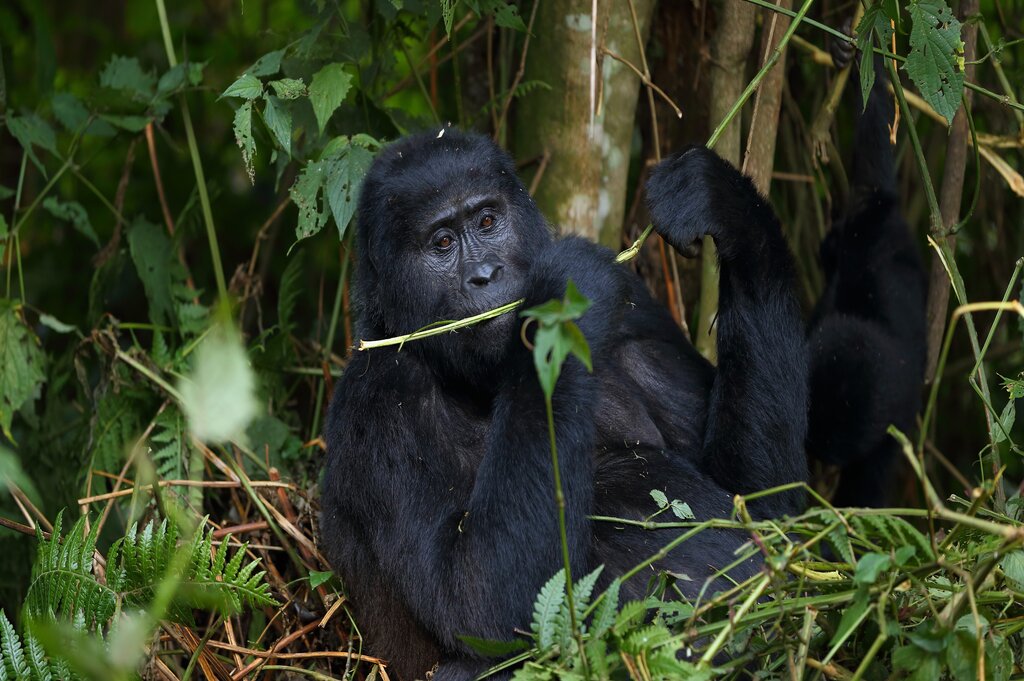- Home
- Uganda
- Uganda Gorilla Tours
- 3 Days Murchison Falls Safari Tour
- 3 Days Gorilla Trekking Safari in Uganda
- 4 Days safari in Murchison Falls National park
- 7 Days Murchison Falls and Jinja Safari
- 7 Days Gorillas and Wildlife Safari
- 8 Days Uganda Safari Tour
- 8 days Ugandan Safari, Jinja, and Lake Bunyonyi
- 9 days Uganda Gorillas and wildlife tour
- 10 Days Uganda Safari
- 10 Days Gorillas and Kenya Wildlife Safari
- 11 Days Uganda and Kenya Safari Holiday
- 14 Days Uganda Safari Holiday
- 16 Days Uganda Safari Tour -Midrange Safari
- About Uganda
- Uganda Gorilla Tours
- Kenya
- Tanzania
- About Us
- GET FREE QUOTE


